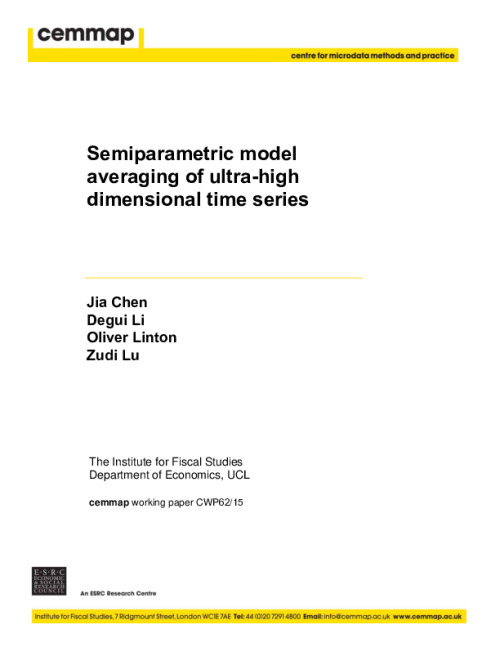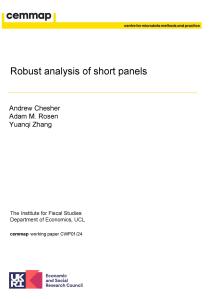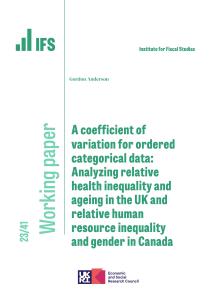In this paper, we consider semiparametric model averaging of the nonlinear dynamic time series system where the number of exogenous regressors is ultra large and the number of autoregressors is moderately large. In order to accurately forecast the response variable, we propose two semiparametric approaches of dimension reduction among the exogenous regressors and auto-regressors (lags of the response variable). In the first approach, we introduce a Kernel Sure Independence Screening (KSIS) technique for the nonlinear time series setting which screens out the regressors whose marginal regression (or auto-regression) functions do not make significant contribution to estimating the joint multivariate regression function and thus reduces the dimension of the regressors from a possible exponential rate to a certain polynomial rate, typically smaller than the sample size; then we consider a semiparametric method of Model Averaging MArginal Regression (MAMAR) for the regressors and auto-regressors that survive the screening procedure, and propose a penalised MAMAR method to further select the regressors which have significant effects on estimating the multivariate regression function and predicting the future values of the response variable. In the second approach, we impose an approximate factor modelling structure on the ultra-high dimensional exogenous regressors and use a well-known principal component analysis to estimate the latent common factors, and then apply the penalised MAMAR method to select the estimated common factors and lags of the response variable which are significant. Through either of the two approaches, we can finally determine the optimal combination of the significant marginal regression and auto-regression functions. Under some regularity conditions, we derive the asymptotic properties for the two semiparametric dimension-reduction approaches. Some numerical studies including simulation and an empirical application are provided to illustrate the proposed methodology.








